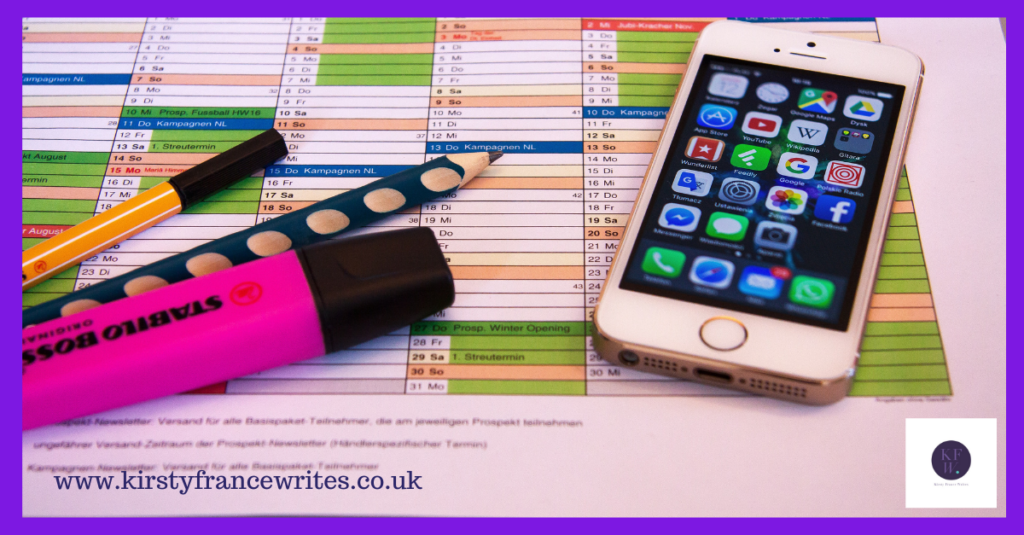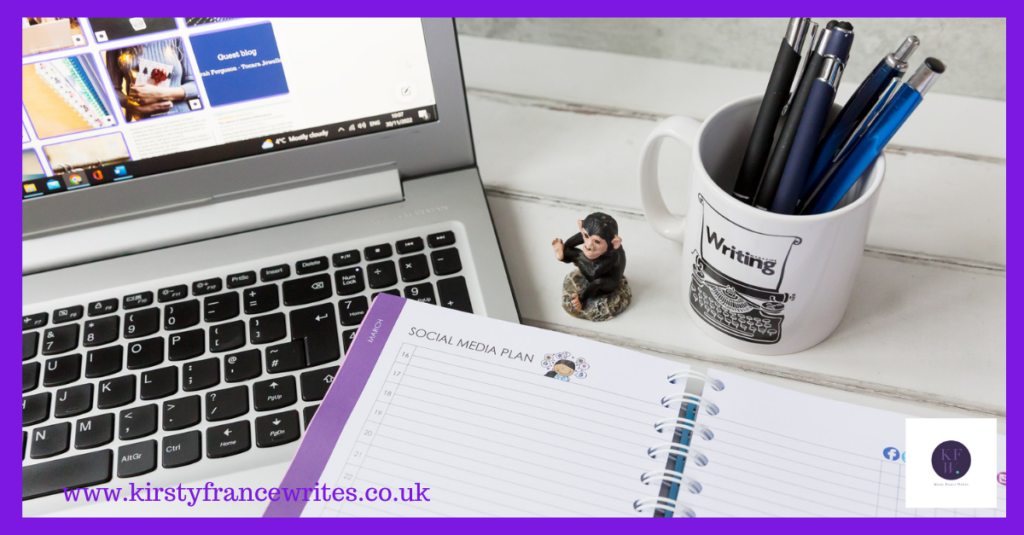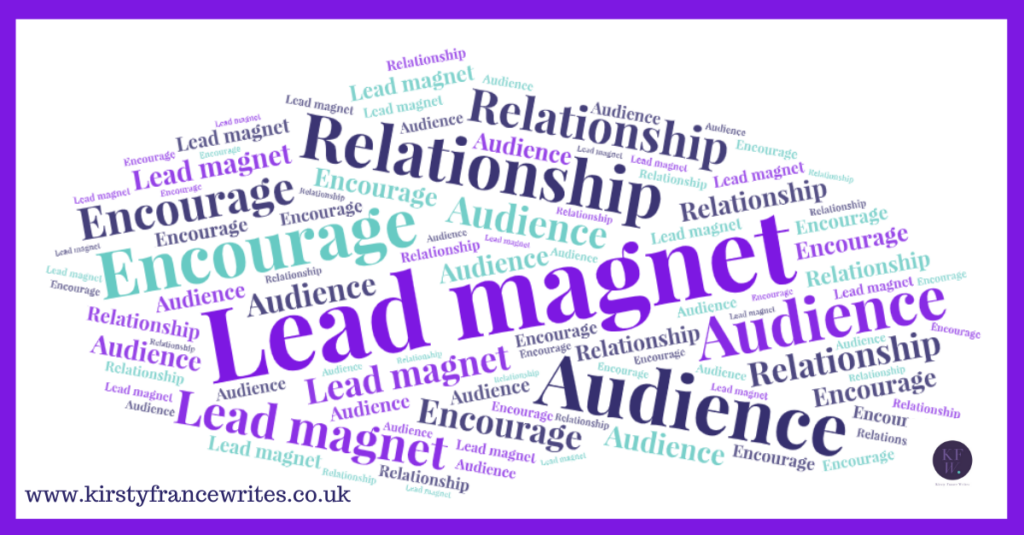
Getting people to sign up to your email list gives you a whole load more control over what your audience sees. It’s true that your emails may end up in someone’s unopened backlog. However, they’re much more likely to see your content than if you rely on social media, so your email marketing can turn subscribers into customers.
The question is, what do you do with your subscribers once they’ve signed up? Read on to find out. (If you’d like to learn more about how to persuade them to subscribe in the first place, read this)
Create a nurture sequence
“What’s a nurture sequence?” I hear you cry. It’s the email equivalent of introducing yourself, welcoming someone into your business and showing them around. You can tailor what you offer them based on what they’re interested in (more on that in a minute), but your aim is to send around five emails to let them know what to expect from you and your business and give them an overview of your services.
Offer a low-cost product
Fear is one of the most common obstacles that prevents anyone from buying from a business for the first time. They don’t want to waste money on something that doesn’t deliver (literally or metaphorically). Offering a low-cost product to a new subscriber helps because they only take a small risk. Depending on your business, you could choose something digital or a small physical product.
Make an offer
Emailing your list can achieve several different goals. Your emails help people get to know you, let you share valuable tips and tell your subscribers how they can work with you. Don’t be afraid to share your services and tell readers how they can book an appointment or buy your newest product. You can also offer them something special…
Make them feel special
Feeling like you’re part of a community can be really special. Your emails can offer that to your subscribers, making them more likely to buy and keep that feeling going. You can make your readers feel special by offering something just for them. That could be a discount, early access to new products or subscriber-only content and events.
Involve them in your process behind the scenes
Showing your customers what’s happening behind the scenes helps them get excited about new products or understand more about your services. Case studies work well for service-based businesses or share images to show what you’re working on. Sharing with your subscribers first gives them that sense of exclusivity and lets you preview subscriber-only deals, but you can also do this on social media.
Include valuable content
It’s important to talk about what you’re selling in your emails, but your subscribers will get fed up if that’s all you do. Share content that helps them learn about what you do and DIY if they need to. Sharing a couple of blog links in your nurture sequence gives new readers quick insights and helps them get more out of your lead magnet.
Tell a story
Telling a story in your marketing helps your audience relate to you as a human being and not just a business owner. It can show them that you understand what they need or how your lives are similar. There are loads of ways to do this, but remember that it’s OK to talk about your life and experiences using your own voice.
Personalise your emails
Your email software should allow you to include someone’s name when you email them. Personalisation can go further than that with the right tools. You can segment your list and contact people interested in specific topics. It’s much easier to turn subscribers into customers when you’re only sending people information about services they’re interested in.
Don’t be shy
If you’ve ever held back from emailing your list because you don’t want to bother them, stop. They signed up to hear from you. If they change their minds, they can unsubscribe, but if they don’t know what you’re offering, they can’t buy.
If you want to write content that will turn subscribers into customers, I can help. I’ll write blogs, posts and emails to engage your audience and encourage them to buy. If you’d like a chat to find out how it works, you can book a call here.
Do you want useful hints and tips that help you write engaging marketing content, straight to your inbox? Sign up using the form below. I don’t do spam and I’ll never share your information with anyone else.








